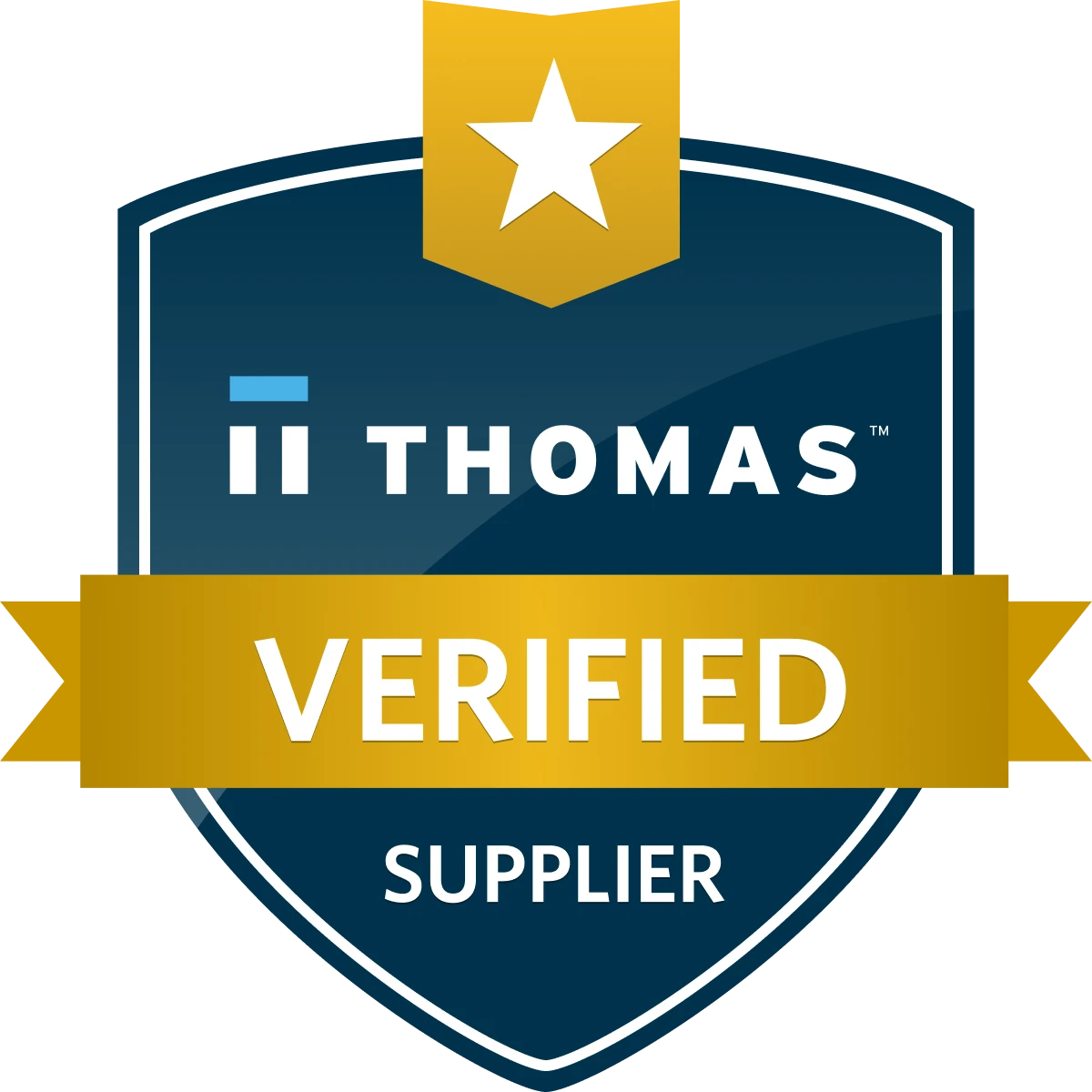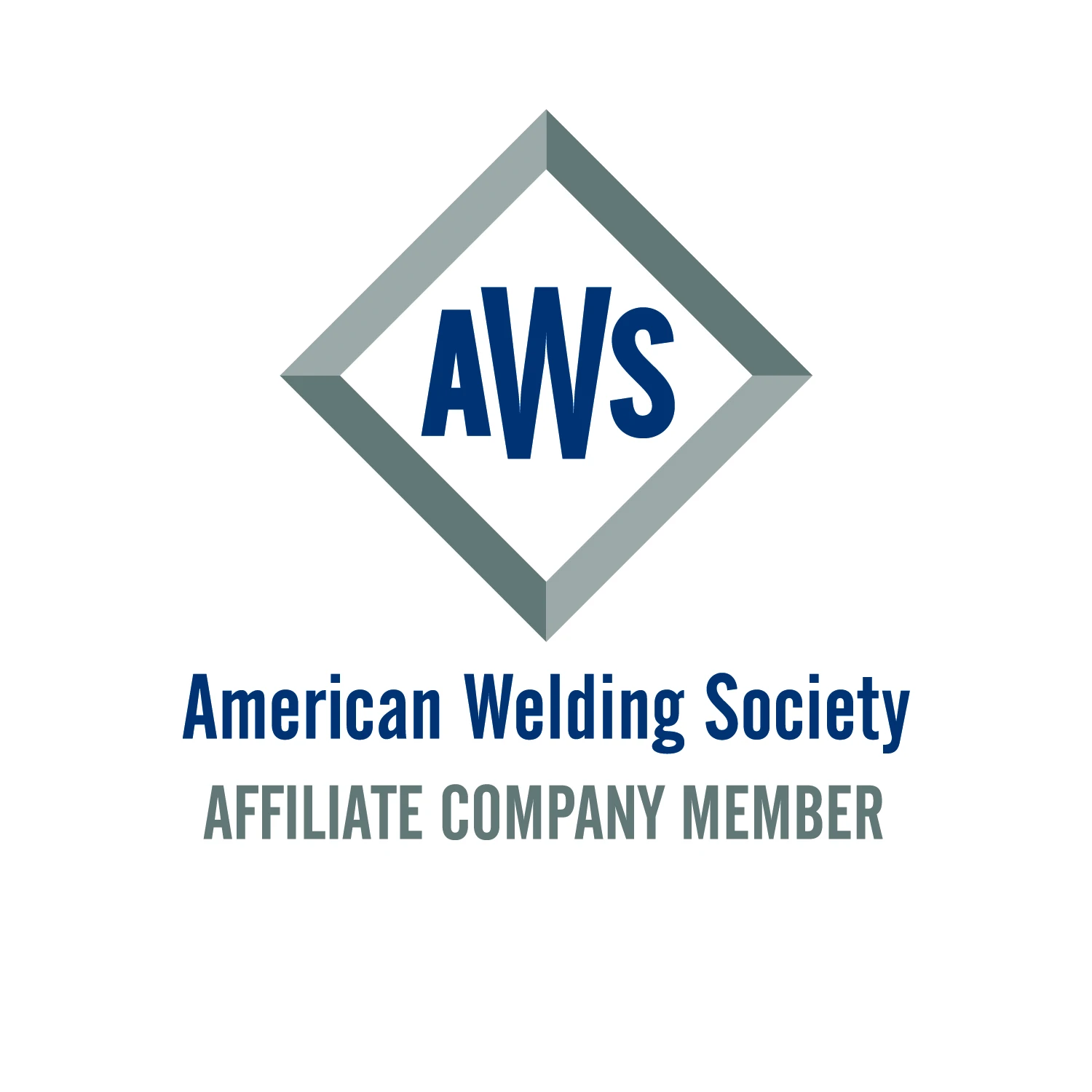Everyone in metal fabrication is probably familiar with the rolling machine, be it of the initial-pinch, three-roll double-pinch, three-roll translating geometry, or four-roll variety. Each has its limitations and advantages, but they also share a common trait: They roll sheet and plate in the horizontal position.
A less familiar approach involves rolling in a vertical orientation. Like other methods, rolling vertically comes with its own set of limitations and advantages. The advantages almost always address at least one of two challenges. One is the effects of gravity on the workpiece during rolling, and the other involves inefficient material handling. Improving both improves workflow and, ultimately, a fabricator’s competitiveness.
Advantages of Rolling Vertically
Vertical rolling technology isn’t new. Its roots go back to a handful of custom systems built in the 1970s. By the 1990s, certain machine manufacturers were offering vertical rolling machines as regular product lines. The technology has been embraced by various industries, especially in the tank production arena.
Common tank and vessels often produced vertically include those used in the food and beverage, dairy, wine, beer, and pharmaceutical industries; API tanks for oil storage; and welded tanks for agricultural or water storage. Vertical rolling drastically reduces material handling; typically yields a higher-quality bend; and more effectively feeds the next stage of production for fit-up, alignment, and welding.
Another advantage comes into play in situations where material storage capacity is limited. Vertical storage of plate or sheet requires much less square footage than plate or sheet stored in the flat.
The Mechanics of Vertical Rolling
Consider a shop that rolls a shell (or “course”) of a large-diameter tank on a horizontal roll. After rolling, operators tack-weld, lower the side frame, then slip off the rolled shell. Because the thin shell bows under its own weight, the shell either needs to be supported with stiffeners or stabilizers or rotated to the vertical position.
Such an exorbitant amount of handling—feeding plate from a horizontal position into a horizontal roll only to remove and tip it for stacking after rolling—can create all sorts of production headaches. By rolling vertically, a shop eliminates all the in-between handling processes. The sheet or plate is fed and rolled vertically, tacked, then lifted in the vertical orientation to the next operation. Rolled vertically, the tank shell isn’t fighting gravity, so it doesn’t sag under its own weight.
Some vertical rolling occurs on four-roll machines, especially for smaller-diameter tanks (usually with a diameter of less than 8 ft.) that will be sent downstream and worked on in the vertical orientation. The four-roll system allows for rerolling to eliminate the unbent flat section (where the roll grasps the plate), which can be more pronounced on small-diameter shells.
Most vertical rolling for tanks occurs with three-roll, double-pinch-geometry machines, fed with sheet metal blanks or directly from a coil (a method that’s becoming increasingly common). In these setups, operators use radius gauges or templates to measure the shell’s radius. They adjust the bending roll as it contacts the coil’s leading edge, then adjust again as the coil continues to feed material. As the coil continues to feed toward its tightly wound interior, the material springback increases, and operators move the rolls to induce more bending to compensate.
The springback varies with the material properties and type of coil. The coil’s inside diameter (ID) matters. All other things being equal, a coil with a 20-in. ID is wound tighter, and exhibits greater springback, than the same coil wound to a 26-in. ID.
Read more: Sheet metal rolling goes vertical for tank manufacturers






